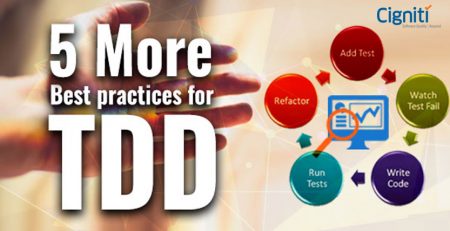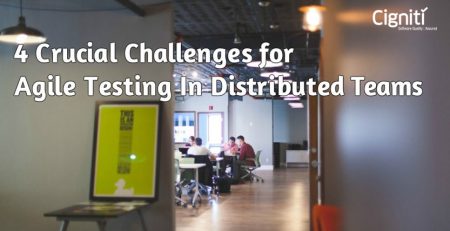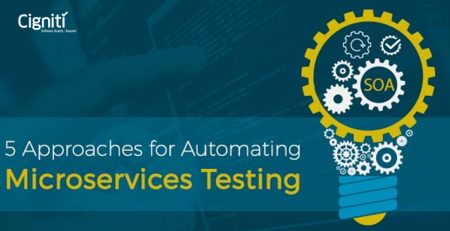Implementing Continuous Integration Testing for Software Products
Continuous Integration guarantees the regular construction and testing of your software products, and can also allow you to fully exhibit the capabilities of your app. Frequent bug fixes can be released more easily, which lets you better optimize your software.
Why should we implement CI testing? What kind of benefits do we get?
Quite a few. A Continuous Integration server works on the latest version of the code, reconstructs the software, and gets the tests up and running. The developers are constantly updated on the success rate of the tests. There’s complete transparency on the online dashboard, which ensures that all concerned parties stay in the loop with the precise causes of test success or failure. Furthermore, CI puts your software into an “always releasable” state; tests are triggered as a direct response to even the smallest changes in the code, and immediate notifications let testers, correct glitches in short time, instead of having to dig them up later down the development pipeline.
The Stages of Implementation
The stages of incorporating CI into your development and testing processes involve little changes to your infrastructure and operational practices. Let’s go through each one briefly.
- Central Build Server: At first, teams do not have central build servers, which means that all software is created on a developer’s computer, and changes are not implemented too frequently. As the delivery date approaches, QA teams usually have to suffer through a period of very tedious integration and verification of code changes.
- Scheduled Builds: During this stage, the team does work with a central source code repository, but the only thing that happens is code compiled on a regular basis. Automated tests are not included as part of this process, and even though the central build server may send alert messages to the team in case of code conflicts or test failure, the team does not address glitches immediately.
- Initial Automated Testing: Here, the central build server is programmed to initiate software builds at the moment the new code is created. QA teams can then see the exact code changes that started off for any such build version. Errors and issues are addressed more rapidly.
- Metrics: Now automated code metrics are processed to aid teams in assessing the general strength of their code. Automatically created API documentation for the app also lets teams keep up the quality of the code and maintain standards in the operational practice.
- Heavier Testing: This is when Test Driven Development makes an entry, which increases the team confidence with automated software builds. Apart from merely compiling the code and running the tests, the app is then deployed automatically to a server for more rigorous performance testing.
- Acceptance and Deployment: Acceptance tests are automated at early development phases, which gives QA teams a birds-eye view of what’s been done and what action items still need to be completed. Automatic deployment of the app to test environments, ensures that the teams can evaluate different versions and quickly replace one with the other, if glaring issues manage to slip through the cracks and make their way into the final release version.
Thus, when implementing Continuous Integration testing for your apps, you will normally go through the steps described above, which would require some investment on your part in the beginning, but would be completely worthwhile to your organization in the long run in terms of productivity. Take care of risks, improve your quality, cut down overall costs, and let automation free up bandwidth for both QA teams and your corporate infrastructure. Your development and testing projects will ultimately become a matter of routine, and your business can redirect resources to product innovation and customer service.
Cigniti has a decade of expertise in enabling independent testing services, and is far ahead of the curve in following the process of Continuous Integration. It has developed new frameworks to deliver comprehensive and the best fit testing approach for many clients. Our large pool of test professionals, have profound expertise in handling various commercial testing tools as well as tools which are open-source. At Cigniti, we work to accelerate your entire software test life cycle with end-to-end testing ownership. Continuous integration testing is the core to the success of Web application testing. Contact us today to discuss about your web application testing needs.






Leave a Reply